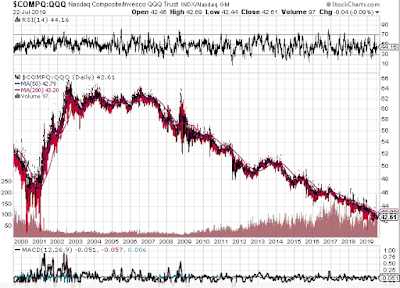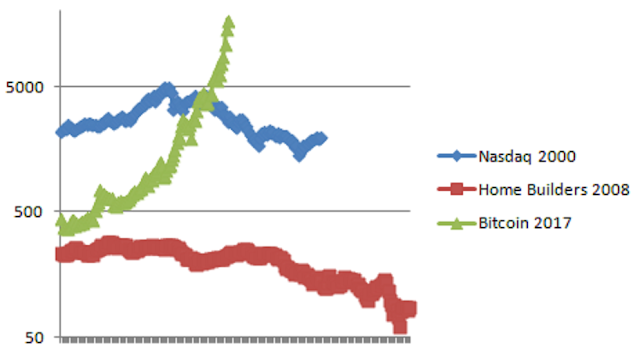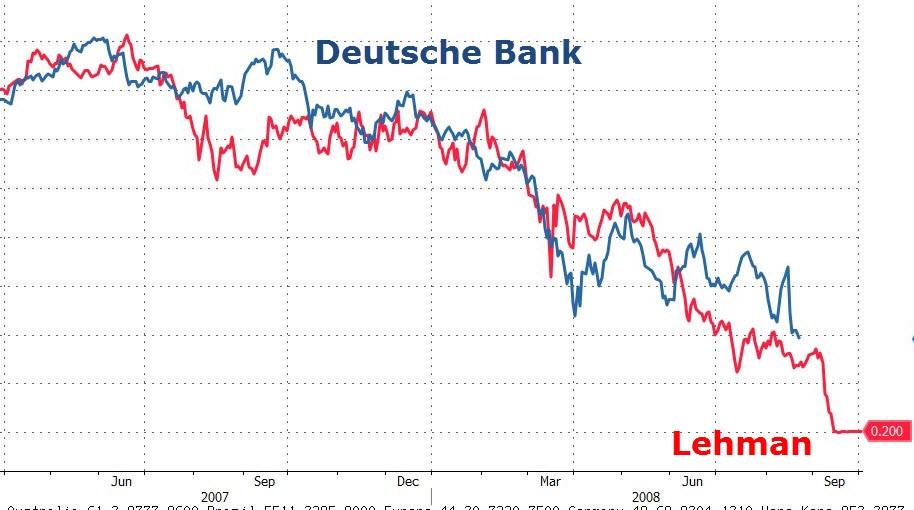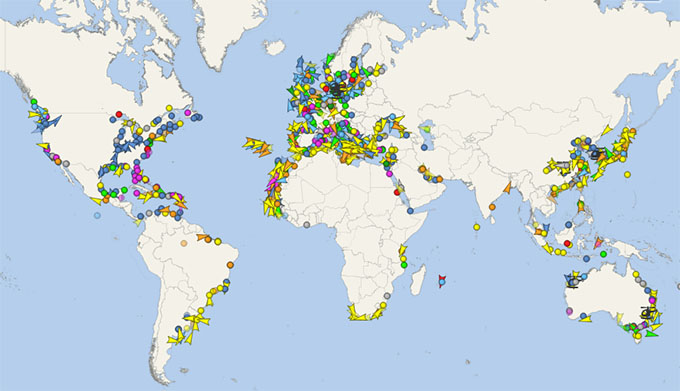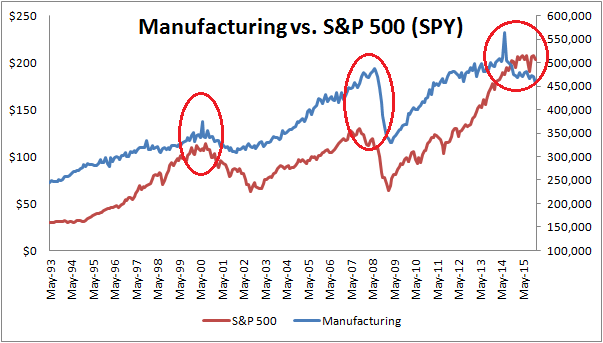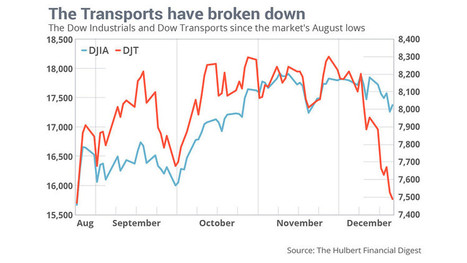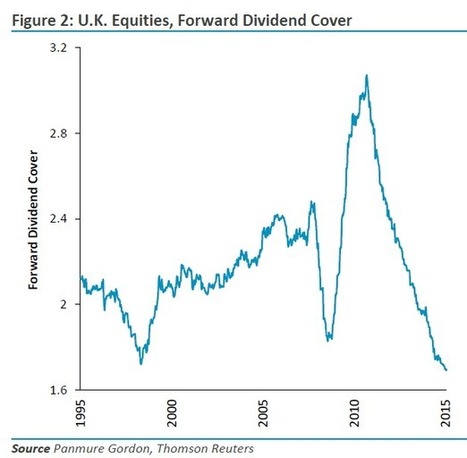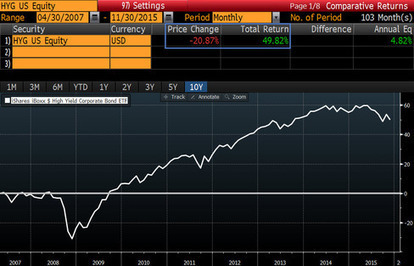Gold prices have been incredibly volatile this year and are currently near the middle of the observed range in 2016 near $ 1175/ Ounce having started the year close to $1075 / Ounce and trading as high as $1375 / Ounce during the course of the year. Gold often benefits from increased liquidity in the financial system and has been traditionally viewed as a hedge against inflation. Gold also tends to have a safe haven status and tends to benefit during financial crises when Central Banks flood the world with liquidity. So thinking ahead lets take a look at what is in store for Gold prices?
To do this let us look at the historical performance of Gold since the Great Recession of 2008. Three years after the start of the Bernanke Fed's quantitative easing
program in the United States, gold prices reached a high we've still yet
to see again as this gold chart based on events that affected the price
of
gold and gold IRAs over
the past few years since the Financial Collapse of 2008 shows.
Recovering back from its January 2016 low by March, another peak in May
before reaching July's high of around $1387 per ounce so far this year
for GCG7 (February Gold Futures) traded on CME and Eurex exchanges looks
a bit short-lived, given today's February Gold Futures price of $1173
as on December 8 2016.
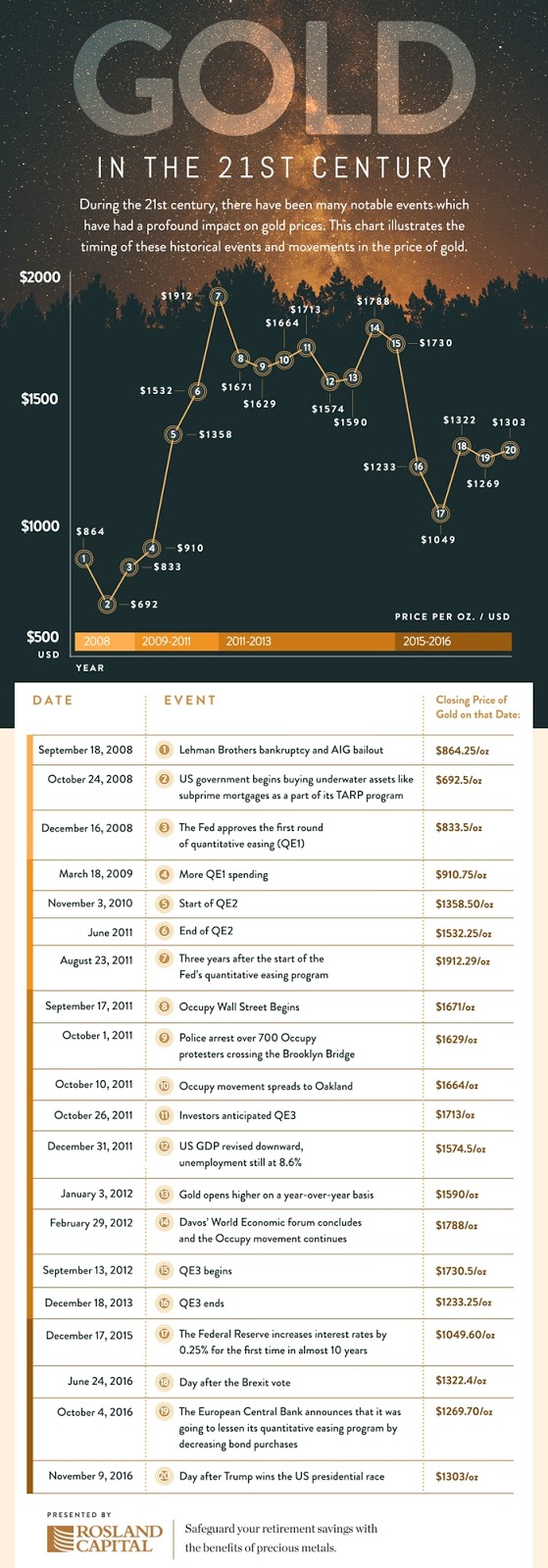
As can be seen above Gold surged sharply higher between 2008 and 2011 following Quantitative easing (QE) embarked by central banks across the globe. The gold price well over doubled from reaching as high as $1975 in August 2011. From there Gold endured a sharp correcting falling over 40% and reaching the $1050 mark in December 2015 following the first FED rate hike and the end of QE. With no further FED hikes forth coming Gold resumed its upswing reaching a high of $1387 following Brexit. However following the Trump win in the US presidential election Gold has sold off yet again on prospects of reflation, a strong Dollar and an upcoming FED hike.
With the FED taking center stage yet again It would be interesting to see if the sell off in Gold continues on a strengthening Dollar from a possible FED hike or Would gold become a safe haven play yet again much like in December 2015 and benefit from capital outflows from risky assets like stocks and emerging market currencies?


